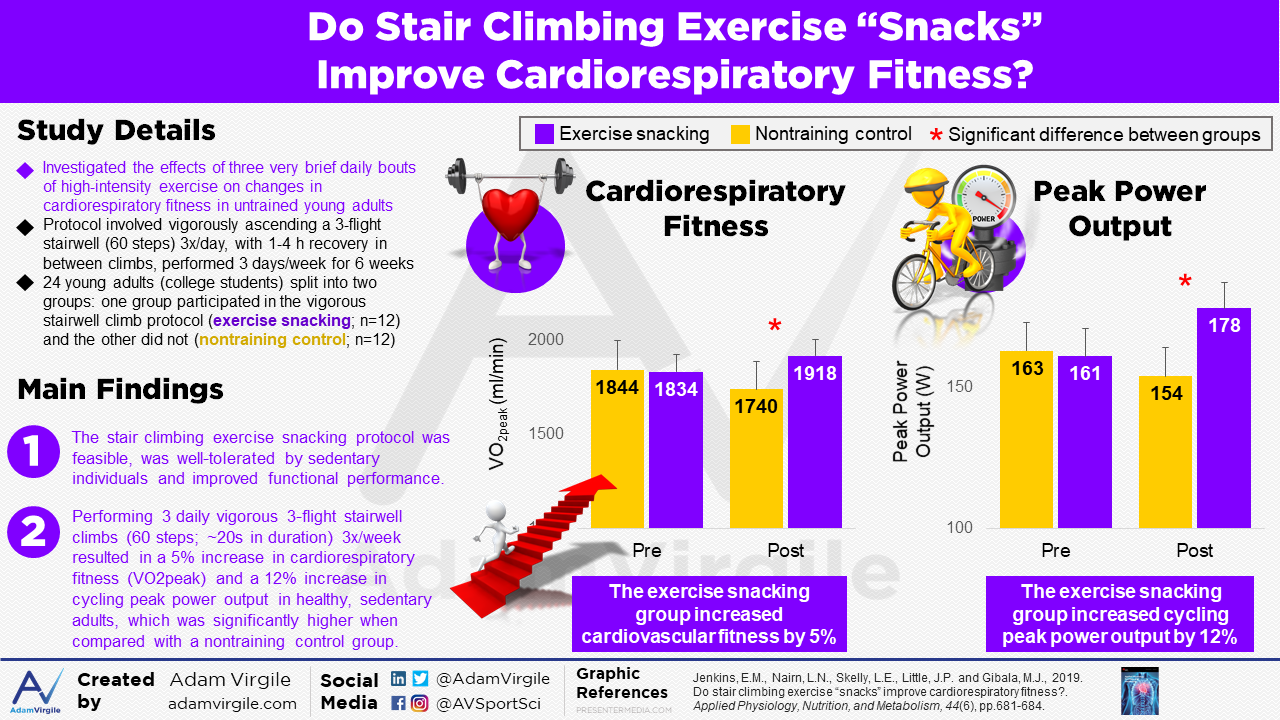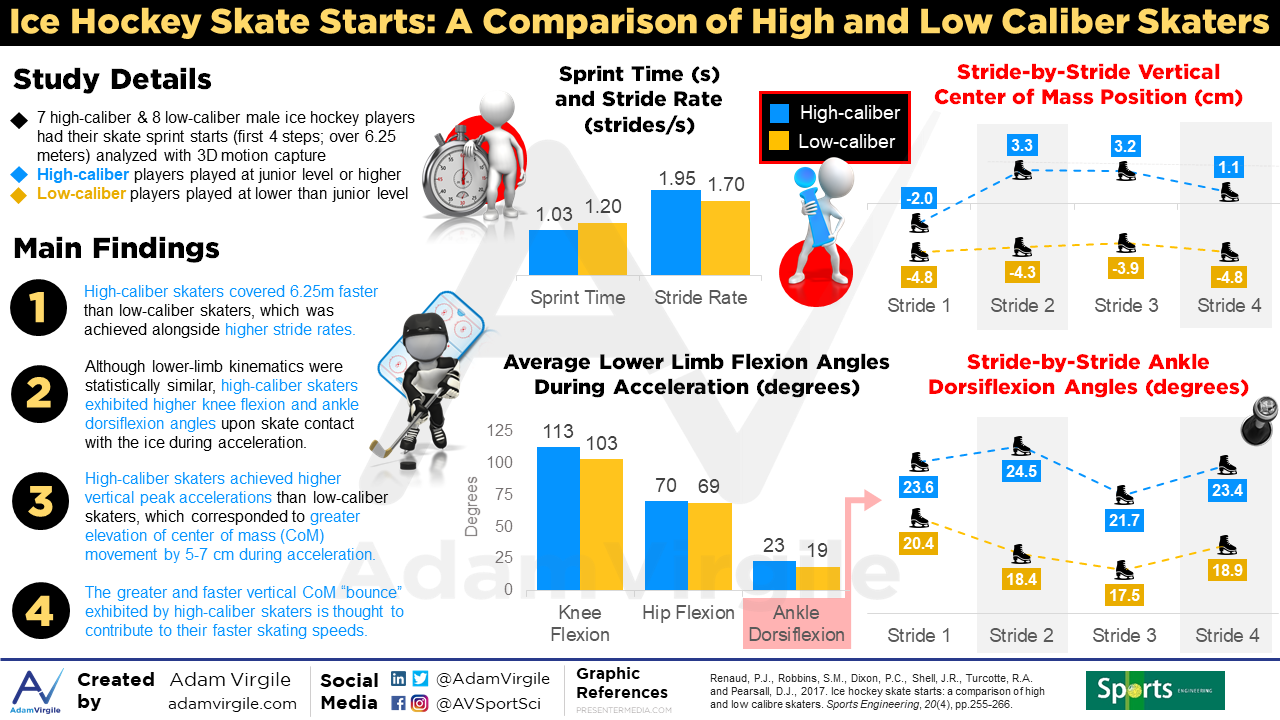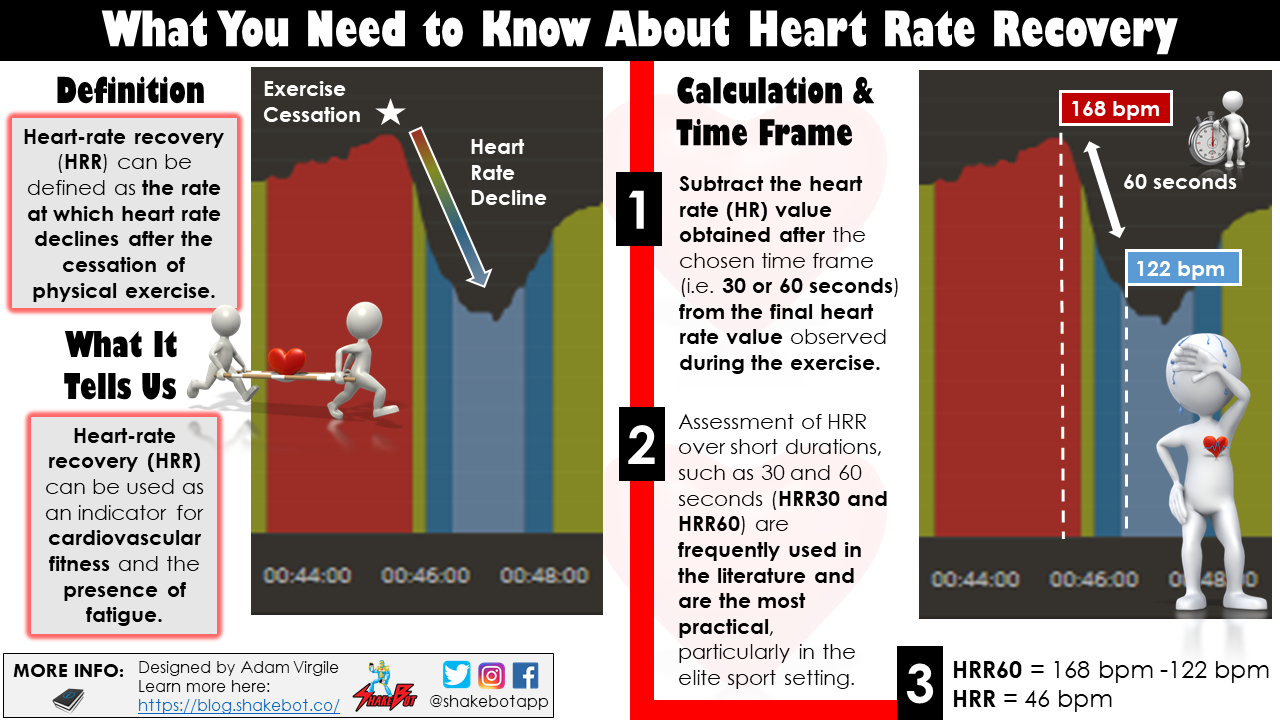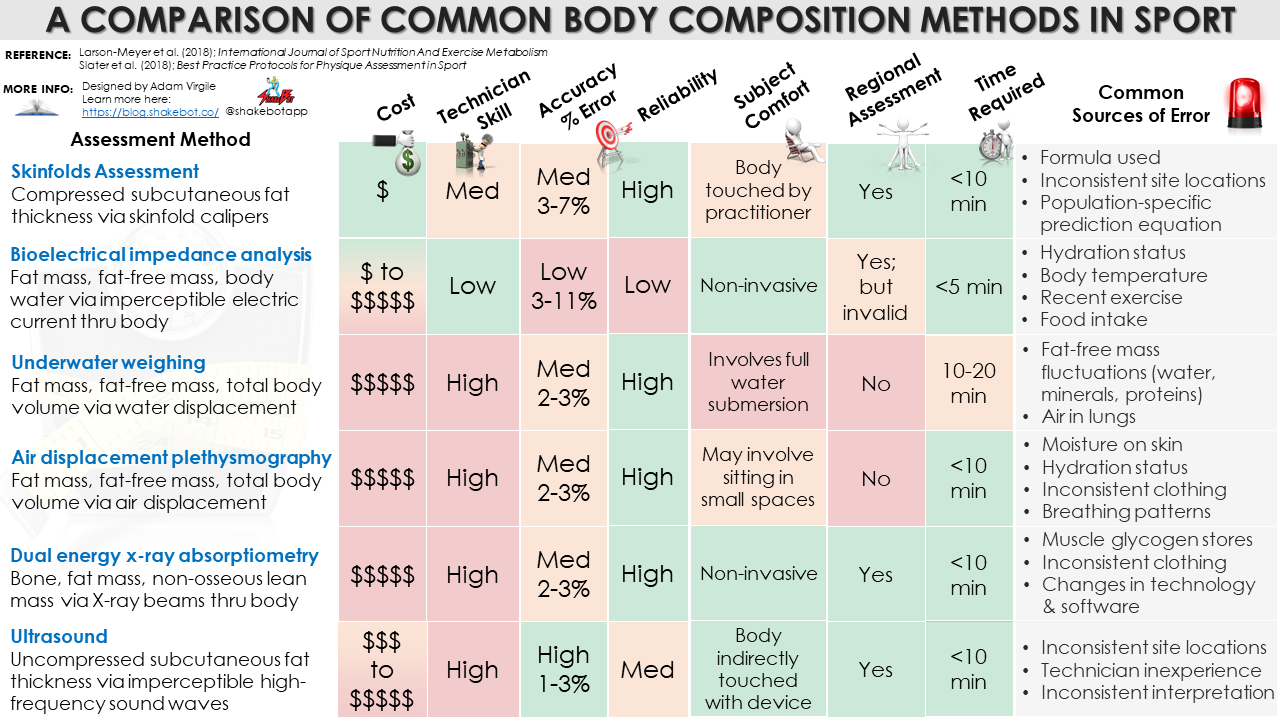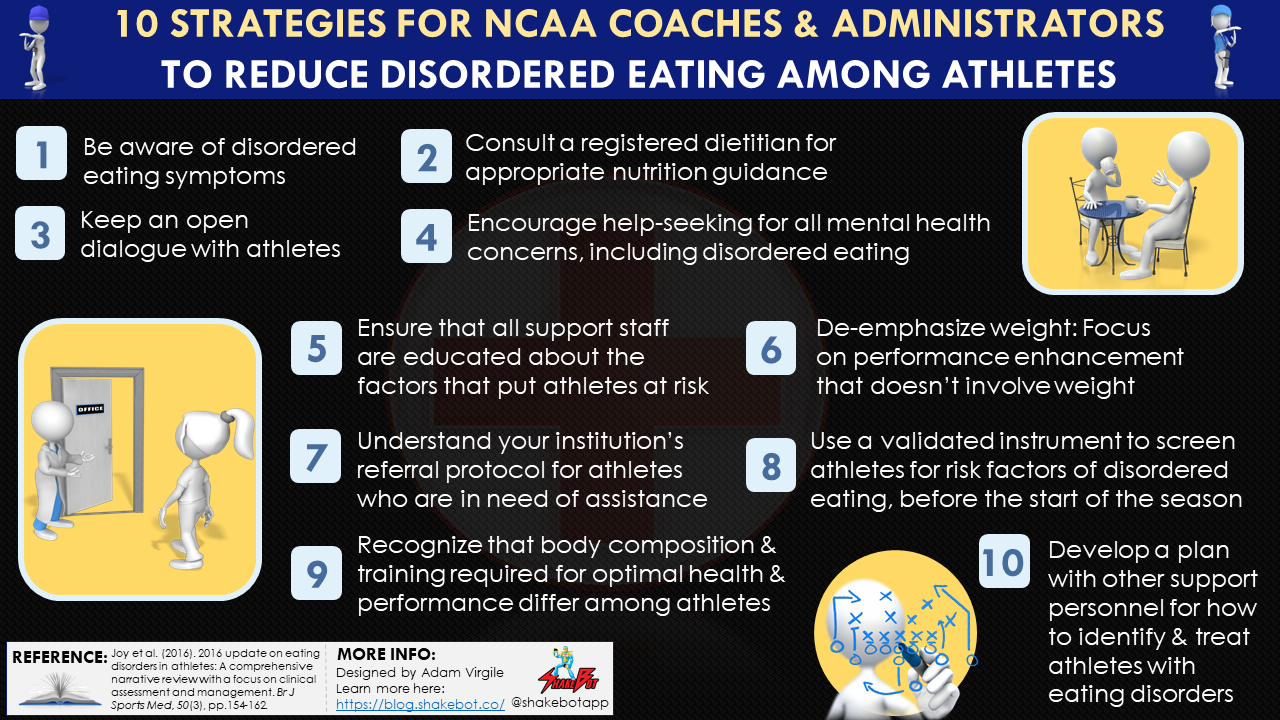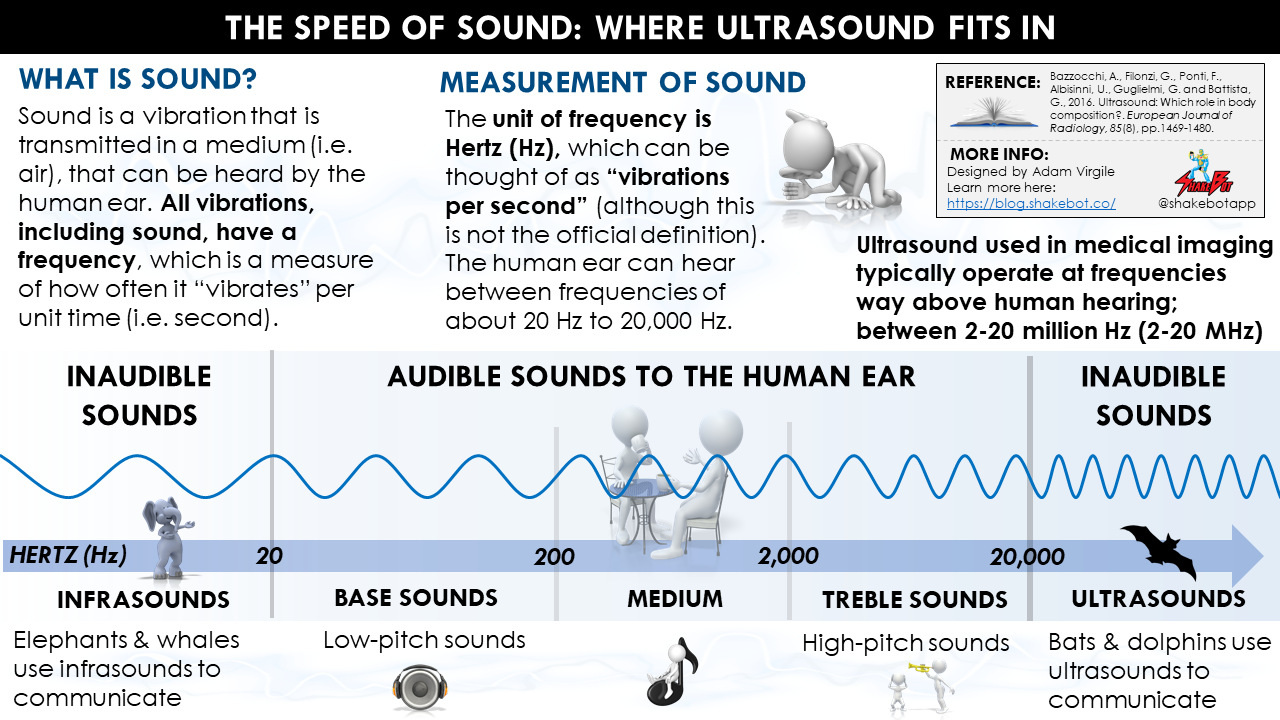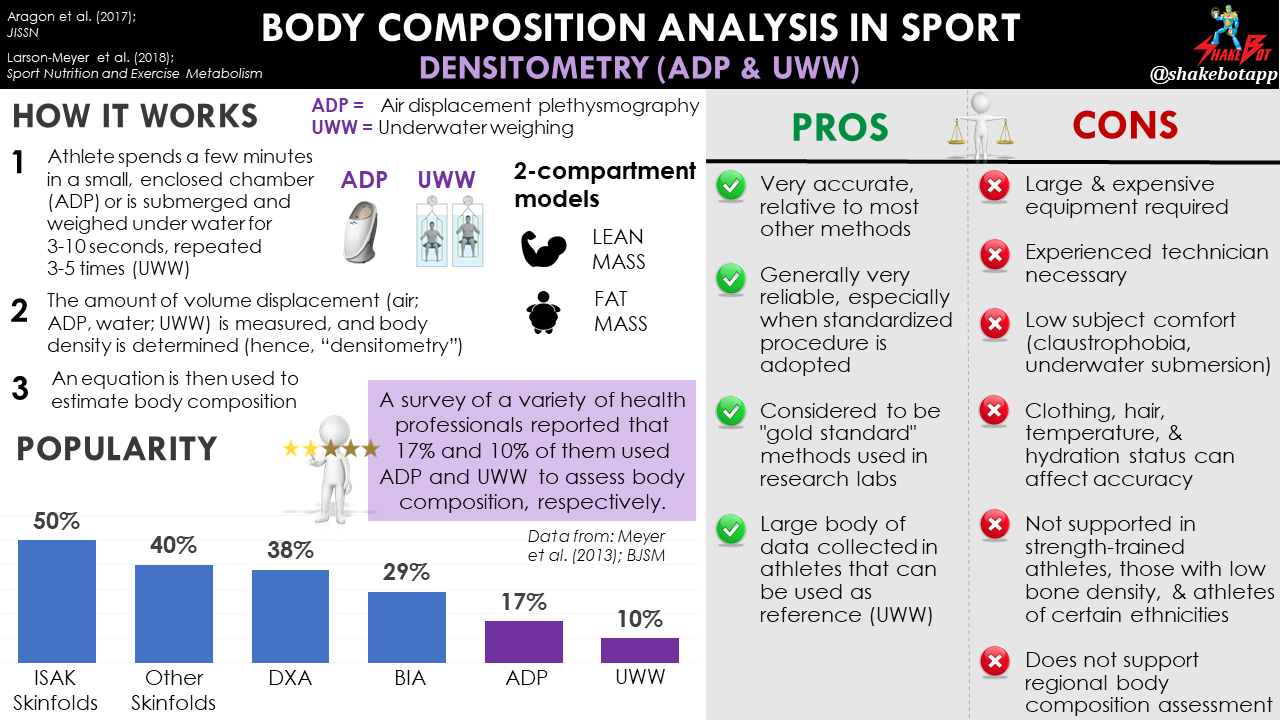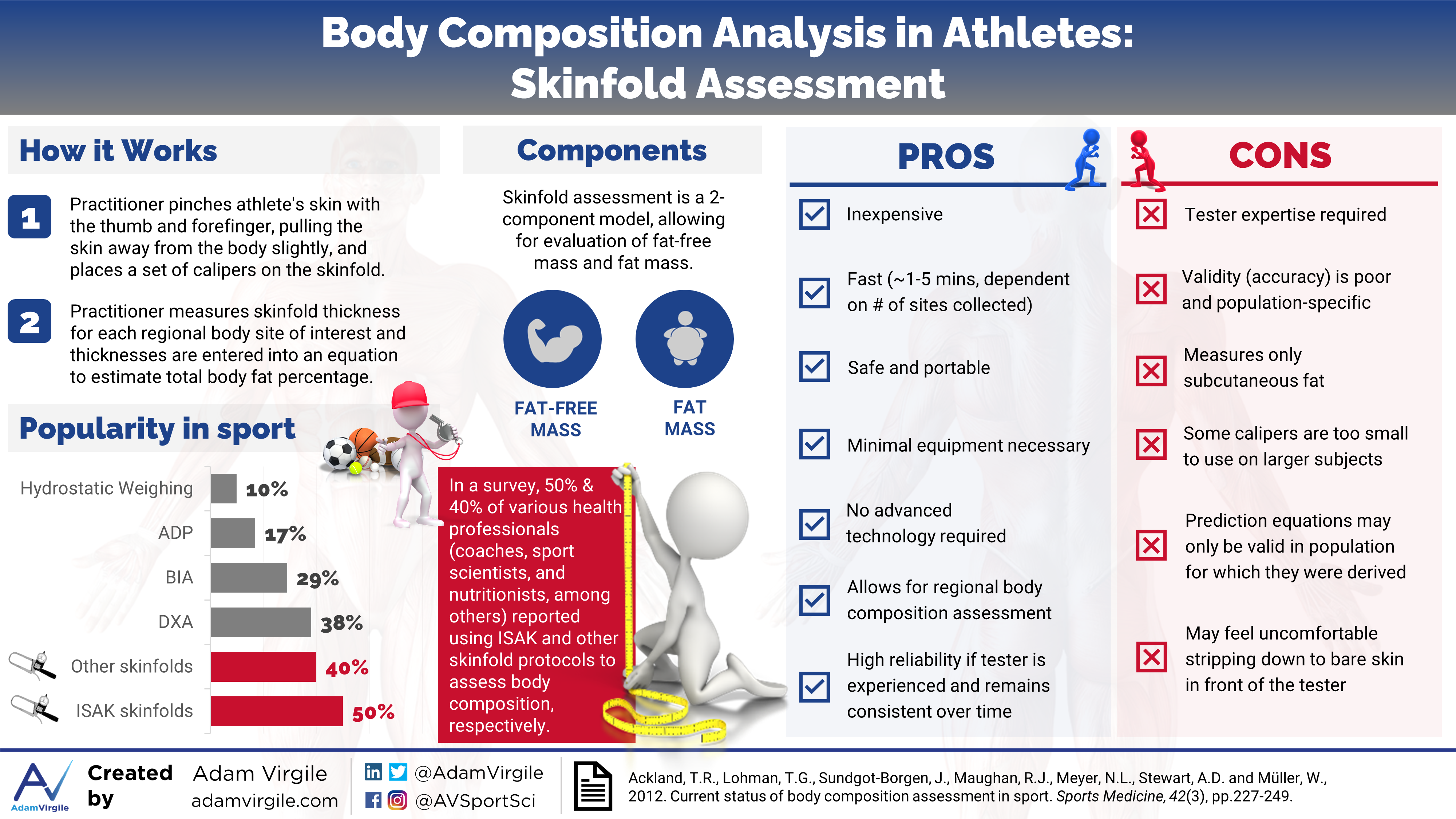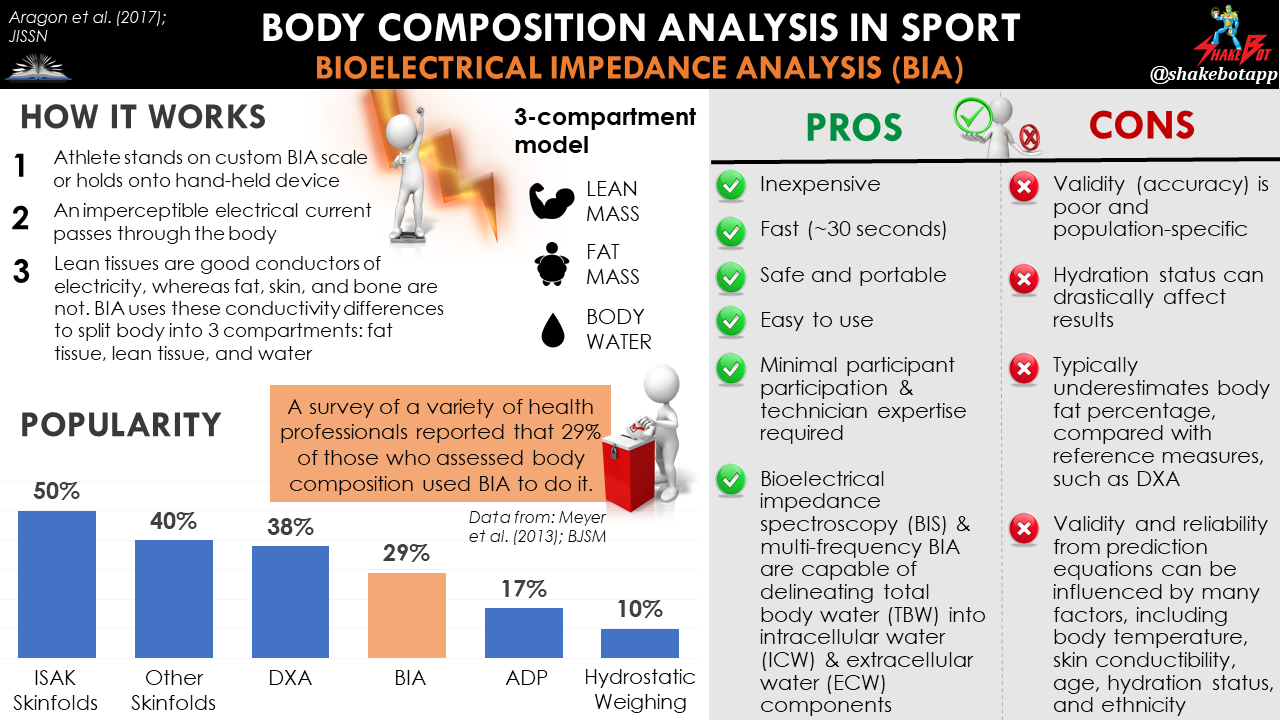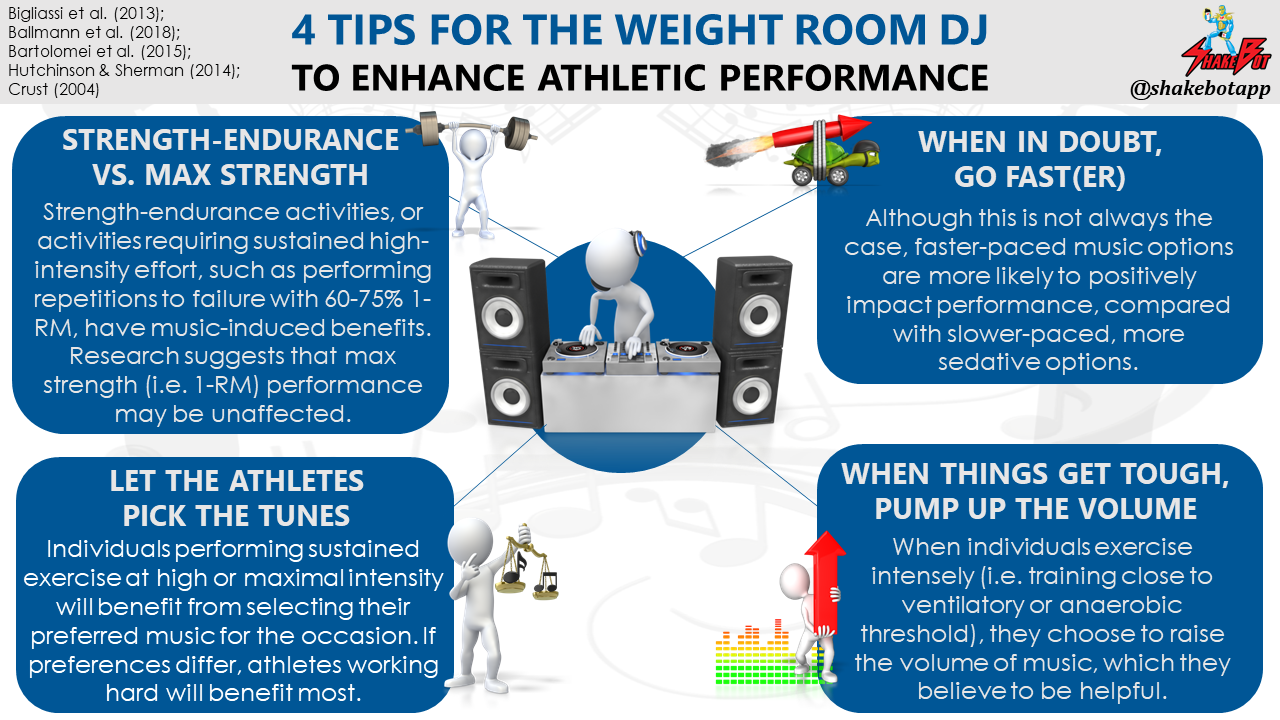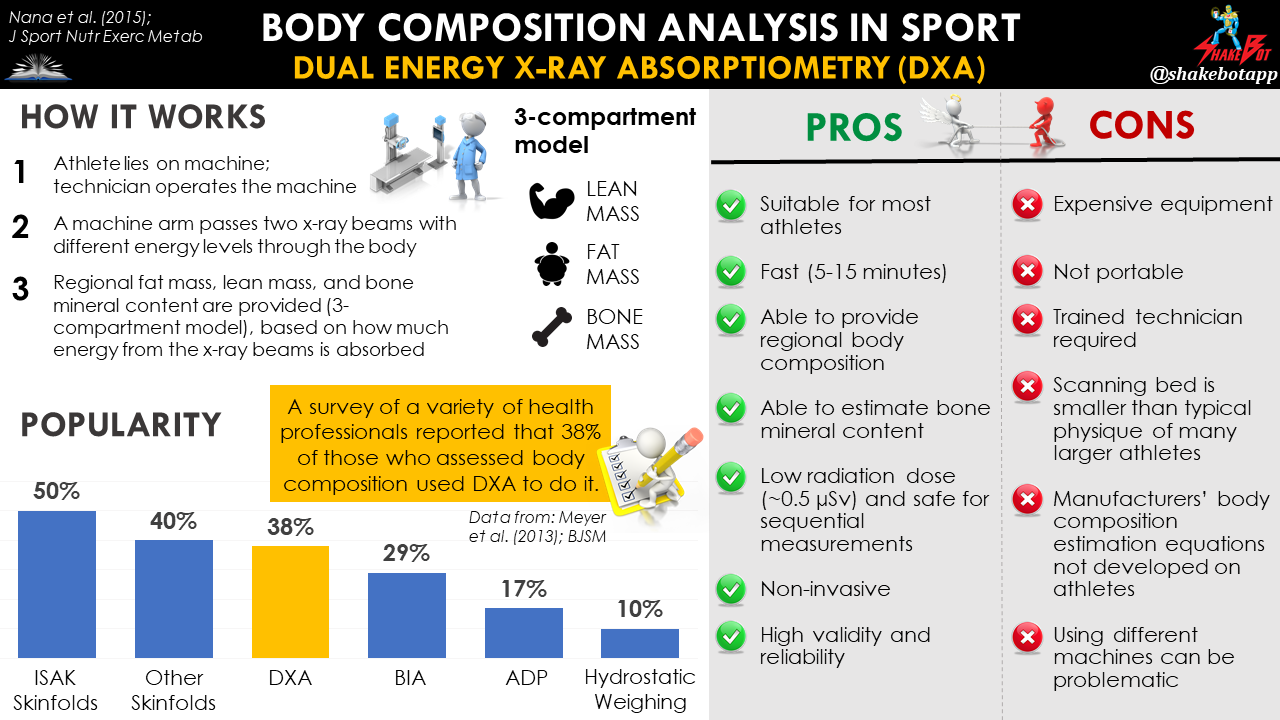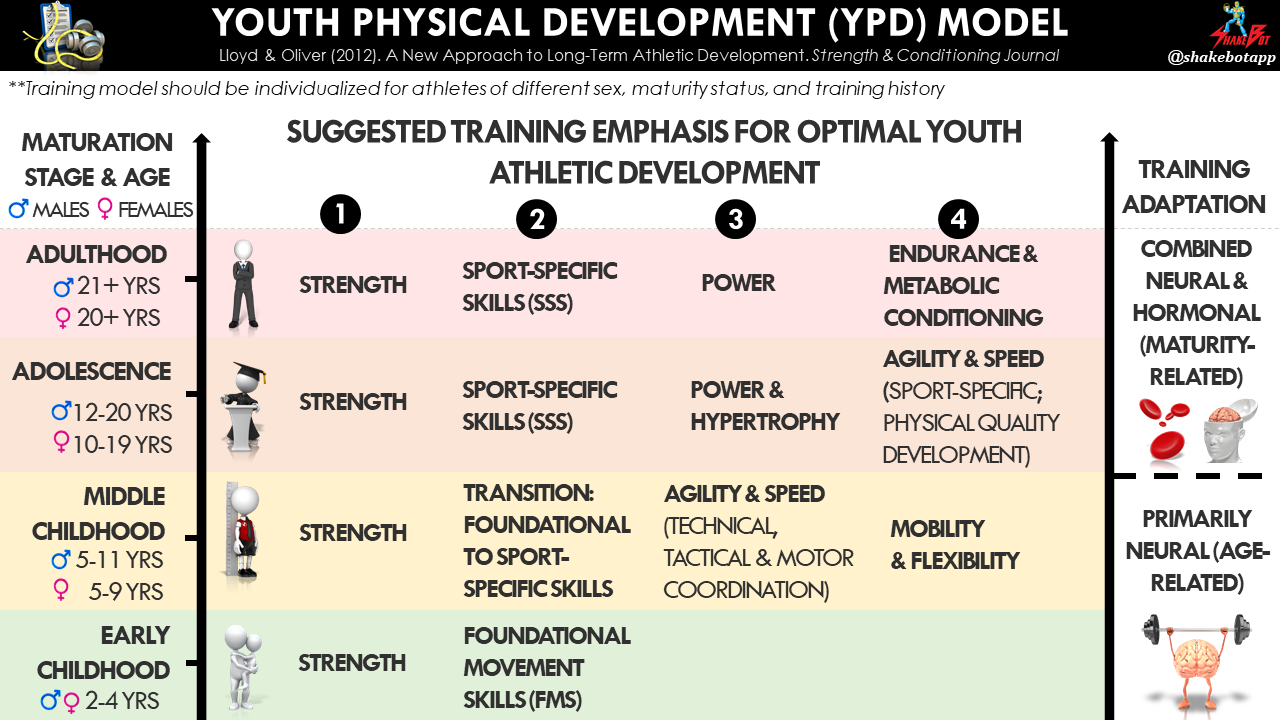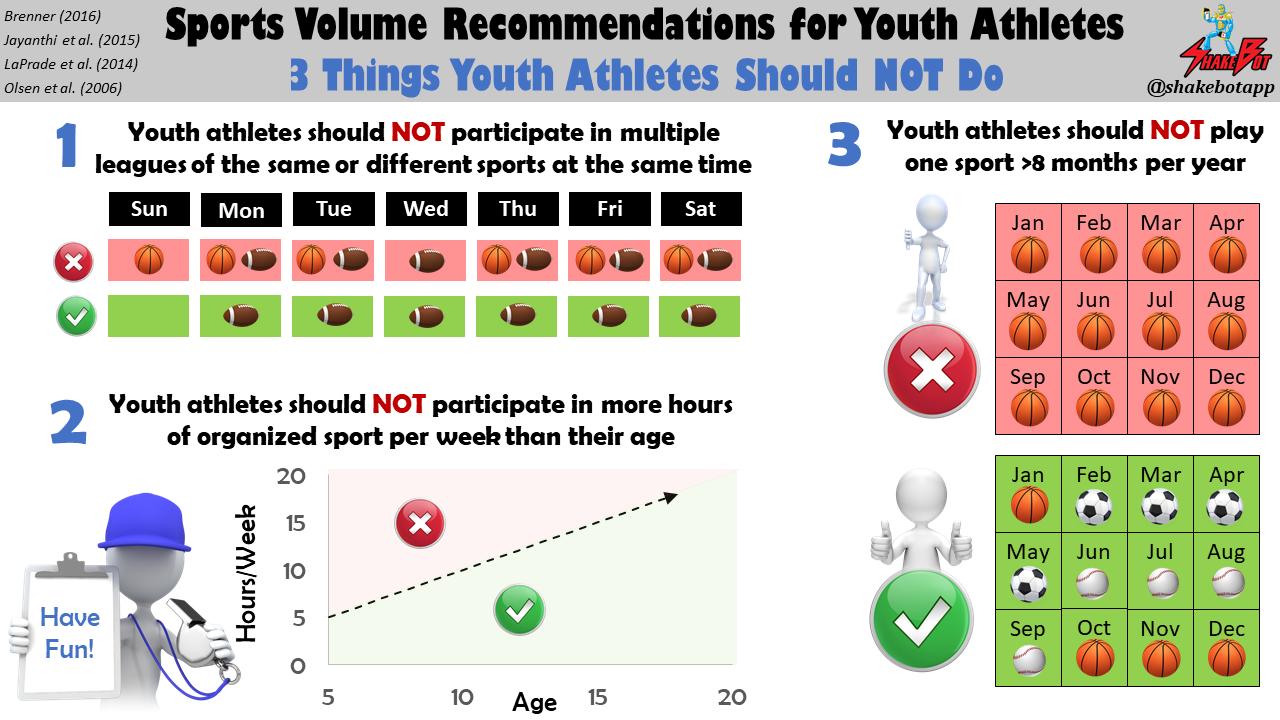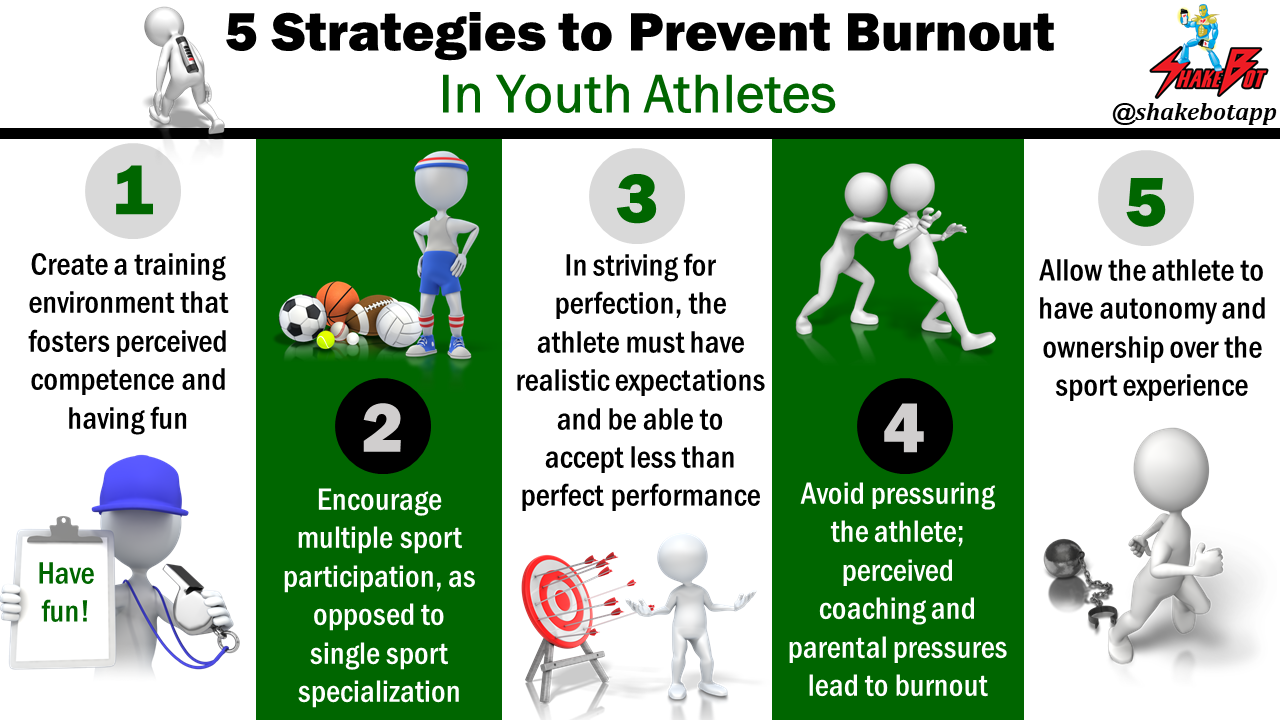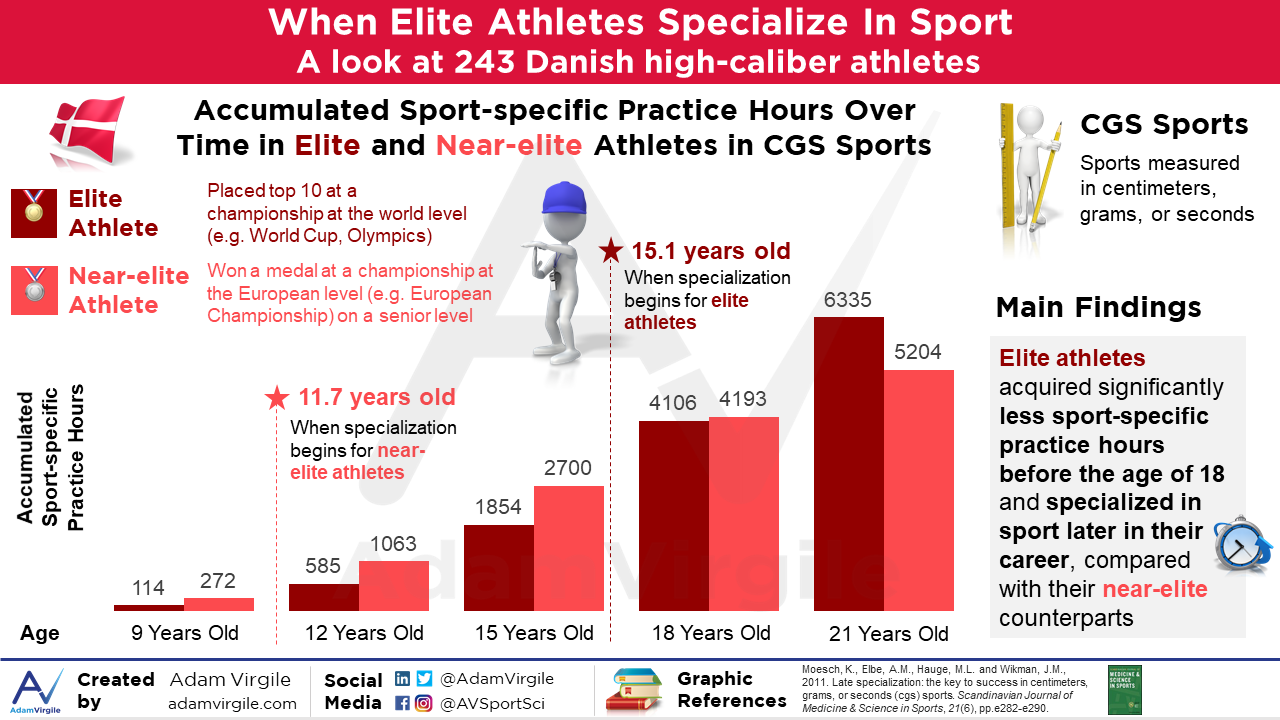Articles and evidence-based blog posts about sports science, nutrition, exercise, and general health.
Exercise is, typically, considered to be a monstrous task. Most people think of it as a consciously scheduled block of time that must, somehow, fit in with dozens of other things they have going on each day. And, we need to exercise 3-5 times per week for an hour each time?! Well, we do…
(more…)
When I began writing an article on the physical qualities which are related to being an ultra-fast skater, I began with ankle dorsiflexion…which resulted in a deep dive…and, now, have found that the article would be too long to cover anything else. Without further ado, here’s a write-up on ankle dorsiflexion and on-ice performance.
(more…)
Athlete self-report measures (ASRM) can be a relatively simple and inexpensive means for determining an athlete’s training load and his or her subsequent responses to that training [20]. In fact, using ASRM, such as wellness questionnaires, is the most common method for monitoring athlete fatigue and recovery in high performance sport in New Zealand and Australia [28]. And for good reason, as we will soon discover.
(more…)
Evaluating athlete preparedness for competition demands, and understanding how prescribed training affects fitness and fatigue parameters, is of utmost importance for applied sport professionals. Routinely assessing heart rate recovery can provide pragmatic, cost-effective insights for these evaluations.
(more…)
What are you made of? Body composition assessment aims to answer this question. There are many different tools that can be used to estimate body composition, each with its own pros and cons. The most common tools used to assess body composition in elite sport are explored in this article.
(more…)
Eating disorders are considerably more prevalent in the athletic community than in the general population [1]. This makes the identification of athletes with eating disorders, and those at risk for…
Monitoring body composition in athletes is beneficial for a multitude of reasons. Although ultrasound (US) is not typically known for its potential to assess body composition, this technique may be a diamond in the rough for body composition assessment in athletes and sport. How it works, its popularity among sport professionals, and common sources and margin of error are reviewed in this article.
(more…)
Monitoring body composition in athletes is beneficial for a multitude of reasons. Air displacement plethsymography (ADP; BOD POD is the most common device) and underwater weighing (UWW) are two highly regarded methods for body composition assessment. How ADP and UWW work, their popularity among sport professionals, and common sources and margin of error are reviewed in this article.
(more…)
Monitoring body composition in athletes is beneficial for many reasons. Skinfold thickness assessment is one of many methods that can be used to accomplish this task. How skinfolds assessment works, its popularity among sports professionals, how to pick the right equation to use, and sources of error are reviewed in this article.
(more…)
Monitoring body composition in athletes is beneficial for a myriad of reasons. BIA, or bioelectrical impedance analysis, is one of many methods that can be used to assess body composition in athletes. How BIA works, its popularity, and common sources and margin of error are reviewed in this article.
(more…)
Who’s controlling the music in the weight room, and does it matter? If the weight room DJ is subpar, training and performance gains may be left on the table, research suggests.
(more…)
Monitoring body composition in athletes is beneficial for a myriad of reasons. DXA, or dual-energy X-ray absorptometry, is one of many methods that can be used to assess body composition in athletes. How DXA works, its popularity, and sources and margin of error are reviewed in this article.
(more…)
Athlete or not, embarking on a resistance training program is not something that should just happen with a snap of the fingers. The integration of resistance training, in order to optimize youth physical development, requires thought. In this article, I review the research on how and when to integrate resistance training into the lives of children, as well as debunk the myth that resistance training destroys growth plates and stunts growth.
(more…)
https://www.youtube.com/watch?v=uayfqodlpcc
The importance of physical activity in youth cannot be overstated. The myriad of health benefits that come along with physical activity, both mental and physical, are well-documented [1-10]. These benefits include improved self-efficacy, life satisfaction, cardiovascular fitness, bone health and strength, body composition, and improved cognitive and mental health [1-10].
(more…)
The combination of sport specialization and high-volume training has been associated with a high rate of overuse injuries in youth athletes. Because of this, multiple medical and professional organizations have recently released position statements warning against specialization and have given recommendations for safe sport participation in youth [1-5].
(more…)
Athlete burnout from sport is becoming more prevalent alongside the increasing trend of early sport specialization in youth athletes. In this article, I offer 5 simple strategies to prevent athlete burnout.
(more…)
The importance of physical and psychosocial health in youth cannot be overstated. This article reviews how early sport specialization impacts these factors in youth athletes.
(more…)
What does a game look like for the typical NHL positional player? It’s pretty easy to figure out… just do some simple math on the stats from the NHL website. The typical position player will have 20-35 shifts/game, each lasting 60-90 seconds in duration. This appears simple, on the surface, but let’s take a deeper look.
(more…)
Single sport specialization can be defined as intensive, year-round training in one sport to the exclusion of others [1]. Many young athletes, parents, and coaches believe that early single-sport specialization is necessary for long-term athletic success [2-6]. But, does the research agree with this notion?
(more…)

